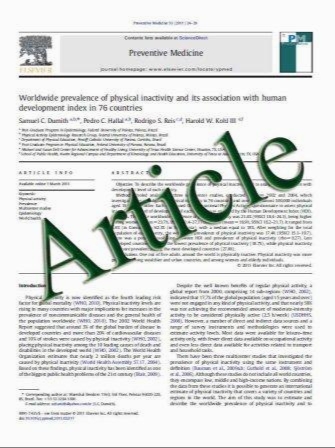Extreme thrombocytosis in a young cat
- نوع فایل : کتاب
- زبان : انگلیسی
- مؤلف : Emma Hooijberg & Ernst Leidinger & Georges Kirtz & Mario Pichler
- چاپ و سال / کشور: 2010
Description
A 7-month-old unvaccinated domestic shorthair cat was presented with a history of inappetence and hypersalivation. Clinical examination revealed fever, gingivitis and oral ulceration. An initial blood sample revealed a severe leukopenia and neutropenia and a feline panleukopenia virus (FPV) titre of 1:640; a second titre 10 days later was 1:2,560. A feline calicivirus (FCV) titre was 1:320 and the initial clinical signs and laboratory findings were attributed to a coinfection with FPV and FCV. The cat was treated with interferon omega.A blood sample taken 10 days later revealed a severe thrombocytosis of 3,448×109/L (reference range 200–500×109/L) confirmed by blood smear examination. The platelet count on day 35 was 4,990×109/L. No bone marrow examination was carried out. Two differential diagnoses for an extreme thrombocytosis are a reactive thrombocytosis or essential thrombocythemia (ET). ET is a hemic neoplasia that causes a severe and persistent thrombocytosis, and is a diagnosis of exclusion. Reactive thrombocytosis is generally mild to moderate and of shorter duration than described here, but an excessive response could have been caused by infection. The influence of additional factors such as an initial thrombocytopenia, age and interferon treatment are not clear but can be speculated on. Although the exact pathophysiology in this case remains unclear, such high, persistent thrombocyte numbers have not been reported in cats in the absence of a neoplastic process
Comp Clin Pathol DOI 10.1007/s00580-010-1036-z Received: 7 March 2010 / Accepted: 26 May 2010


